When my daughter was an infant, she would sit in her bright yellow Bumbo seat in the middle of the table while I made dinner beside her. Sometimes an older brother would have a dot-to-dot on the go or be drawing or writing one thing or another. The jar of pencil crayons, filled with various colours would catch her eye. Normally a VERY still and sedentary baby, she would intensely look at them and begin to sort of shake. If the jar got carelessly pushed a little too close, she would reach out and grasp one or a few. For the few seconds she had before one of us realized and safely moved them away, she would grasp them tightly, eyes almost crossed in excitement, waving her chubby little fistful of colour. Those were my first experiences of her love of colour and the visual.They definitely weren’t my last.
For the next fourteen years, I have been witness to endless ( in a wonderful way) creative pieces and projects, many of them in the realm of visual art. My mum once referred to art as L’s default activity. It was the thing she would take a break from to eat, to play a game, to go grocery shopping and then inevitably a pad of paper would come back out. Birthday cards were always homemade by her and required what sometimes seemed liked excruciatingly long times to create, as lettering became dimensional and new colours and details of illustrations were added (anyone ever watched a Bob Ross video, thinking he was done and the painting was looking pretty good, only to have him reach for “just a little cadmium yellow” and add about 50% more to the painting? You can imagine that feeling when you’re trying to get out to a birthday party on time).
So she drew and she drew and she painted and she painted and she built and she built. I remember when she was 5 or 6, me telling a friend that I couldn’t think of the words to describe her day. The closest I could come to “just soooo industrious.”
And homeschooling with a visually creative child? Hmm…
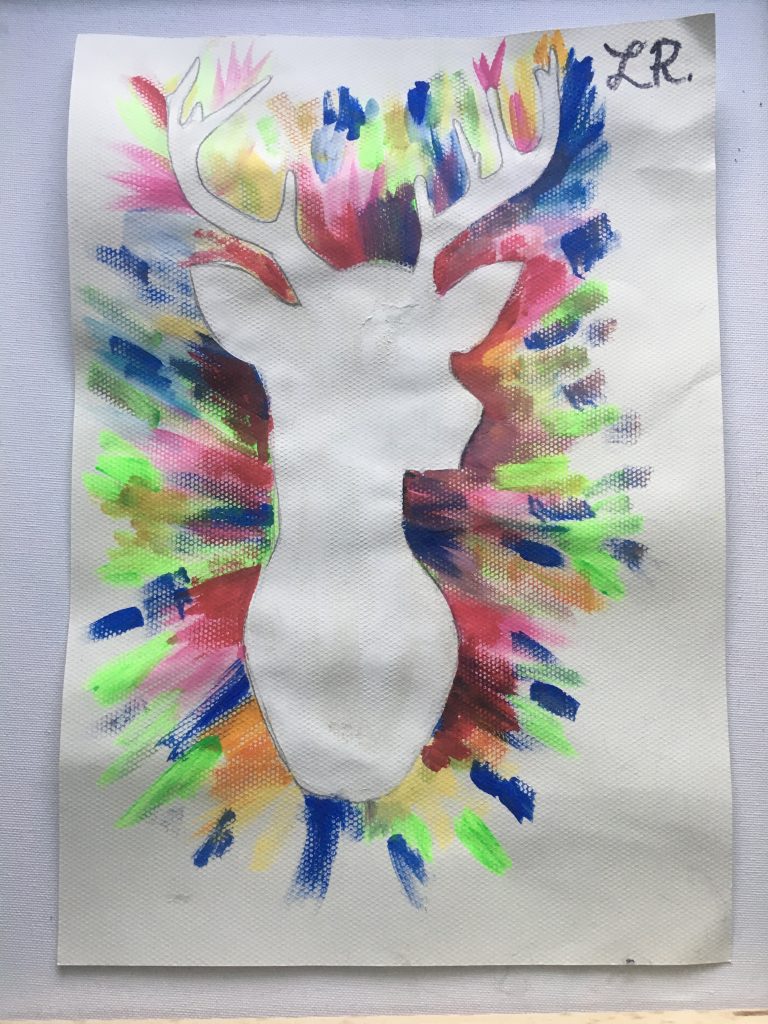
I began wondering from time to time how I could offer her more opportunity, more time, more supplies to create. Art is a very personal thing and it’s not a natural strength or interest of mine. It’s hard to know how to be involved or if to be involved at all. It wasn’t as clear to me as a child’s interest in a sport where you’re playing catch or shooting baskets together. It’s often quite individual.
I felt like we were stocked with as many art supplies as we could afford and find space for, strategically finding ways to store things in our cozy, little house – ways that would be inviting and accessible for her and still fair and practical to others in the house – others who liked to jump and crash cars and wrestle and for whom jars of paint water, multiple paintings and clay structures left to dry were understandably “in the way” from their perspective. It can be seriously hard to live in a small house with a person who has intense visual creativity and others who need and love lots of physical movement. Sometimes I think that’s where the deepest creativity has come in – us generating a workable system for it all, lol!
I still don’t have a full solution for space other than cooperation, compromise and embracing the idea of us having new art for the walls on a regular basis:). She did build a large paper mache chest that houses the paper sketches ( art within art👍) and got a few portfolios for her birthday to hold the flatter pieces but more and more, her art is in sketch pads and on her iPad and going back and forth between the two.
Just after she turned she eight, she began art lessons/mentoring with an artist in the artist’s basement studio with a small group of girls a couple of hours a week. I had known of this woman because she had been offering small art groups for homeschooling kids for a few years. G and M had tried it for a season and enjoyed it well enough but it wasn’t really their thing at the time. For my daughter, however, this has been a seriously good thing for almost 6 years now, with a fantastic small group of girls. Projects are strewn and suggested but ultimately, they choose their own projects and the skills are mentored, modeled and discussed within that choice, as desired. If they aren’t going where they want to with a piece of art or project, they change direction or begin something new.
This is such a wonderful time for her. It’s not about becoming an expert or striving for perfection or anything like that. It’s about a block of time to create and learn, learn and create. It’s a time with one of the loveliest, most respectful art teachers imaginable. We are blessed. This, to me, is project- based learning at its best. There isn’t a hierarchy to the class because each person is working away at their own stuff, being mentored as needed. They are working individually – together. It’s like parallel play at its finest! This can happen so well with a small group of interested people! It’s only a couple of hours in her week but it anchors things a bit and is a a great addition to the independent things she works on at home.
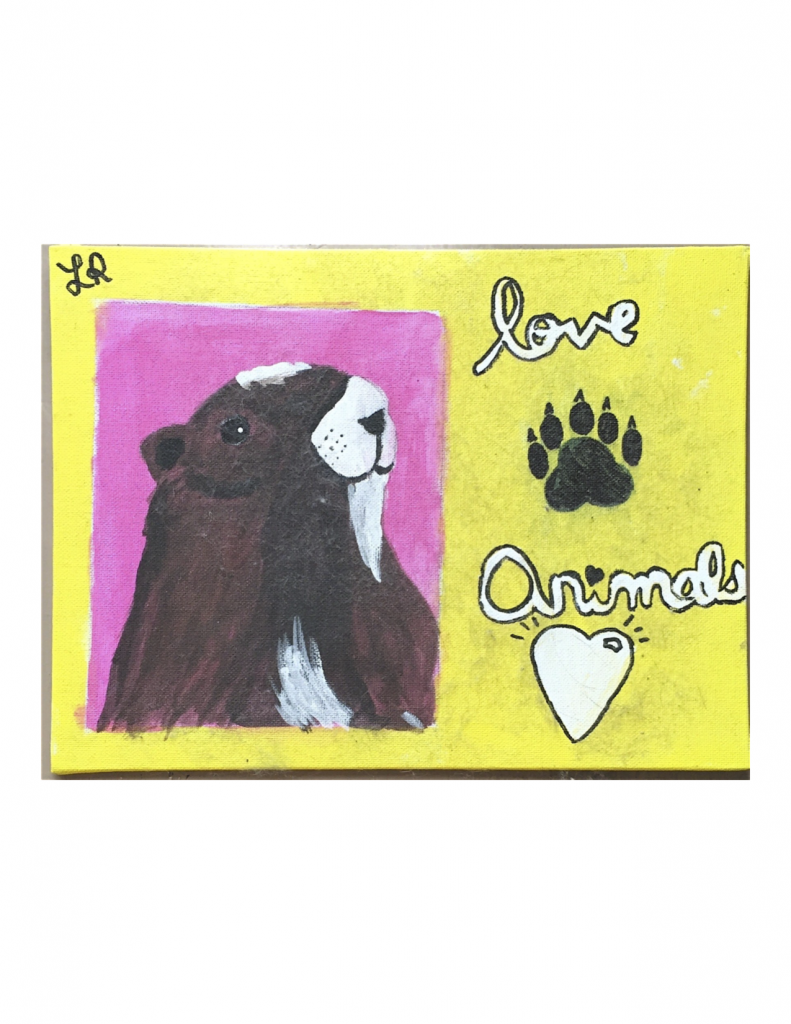
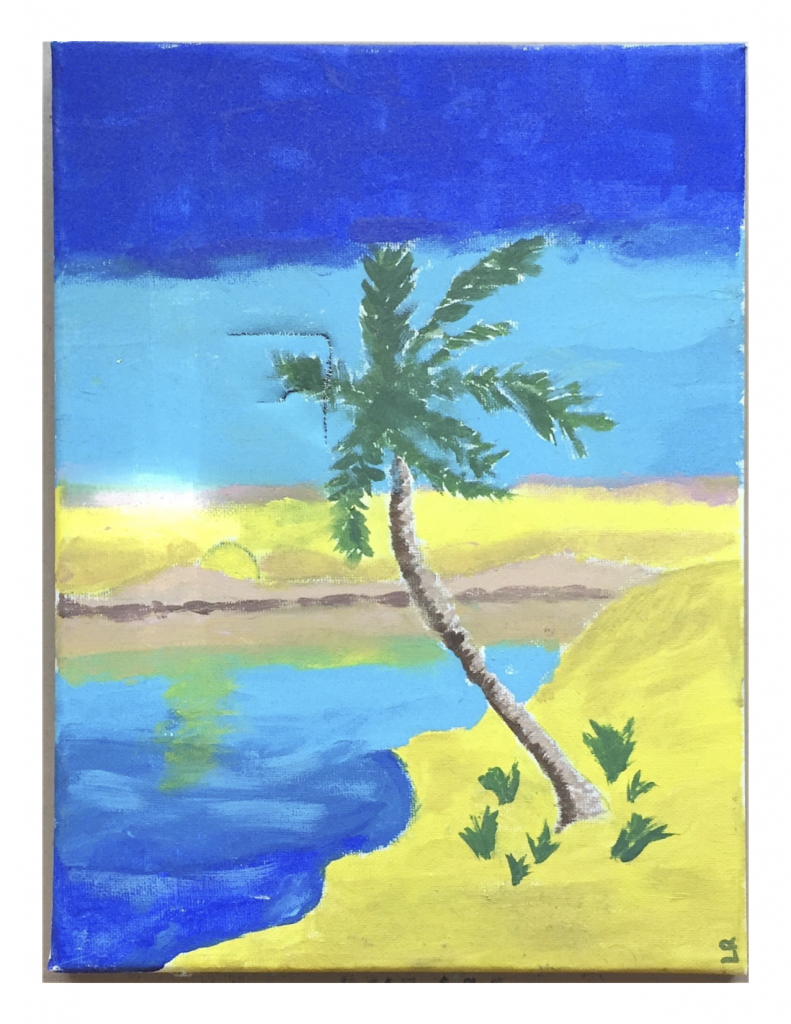
The second thing that I think was instrumental was feeding the need to be around other visually creative kids. This was easy enough because she had some friends with these similar interests. And guess what? They enjoyed creativity beyond the visual arts. It was all interwoven together. She and her cousin would spend hours AND HOURS creating stories, plays, clubs, musicals. The visual art was used more as a means to decorate for the party, design tickets for the musical performance, create characters and build a setting for the pretend play involving animals and creatures.
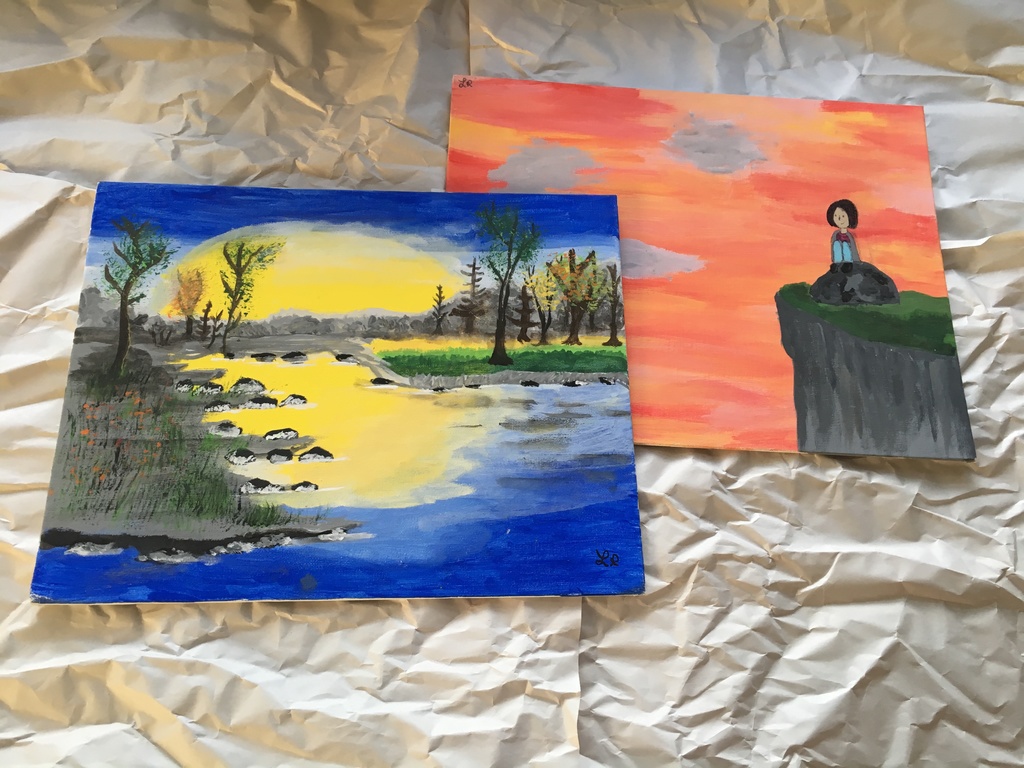
The third thing that I’ve kept my eye open for are “one off” or occasional opportunities. These might be community workshops or art days. She’s had some opportunities to create neat things at church. Often our homeschool group field trips have offered other art as part of the program and we’ve done summer art camps too. I keep in mind that creative camps don’t just need to be about the same type of art. L and her cousin go to a fashion/ sewing camp each year. It’s a small group of kids in the of back studio room of a fabric store. They choose an outfit they’d like to make for themselves and they spend the week making it. By choose I mean they can pick from ideas or they can design it entirely themselves – a dress, a costume, pyjamas.
I watched her development play out individually too. On her own, her art often began be used to illustrate her stories and poems. The visual art simply accompanied the writing for period of time. This went on for a few years, where writing and the physical description in words was really the focus. It then shifted into an interest in drawing and developing animated characters and the visual art became the main focus again, with the words accompanying the pictures.
Now, in the early teen years, it’s more about working with stop- motion, humorous photography, short films and now working, working, working at drawing techniques on iPad and sometimes sketch books. It’s become highly individual with not always wanting her more recent things displayed or shown. It’s also been about doing a whole lot of other things – ballet, choir, puppetry, gaming – that often fuel back into the visual art.
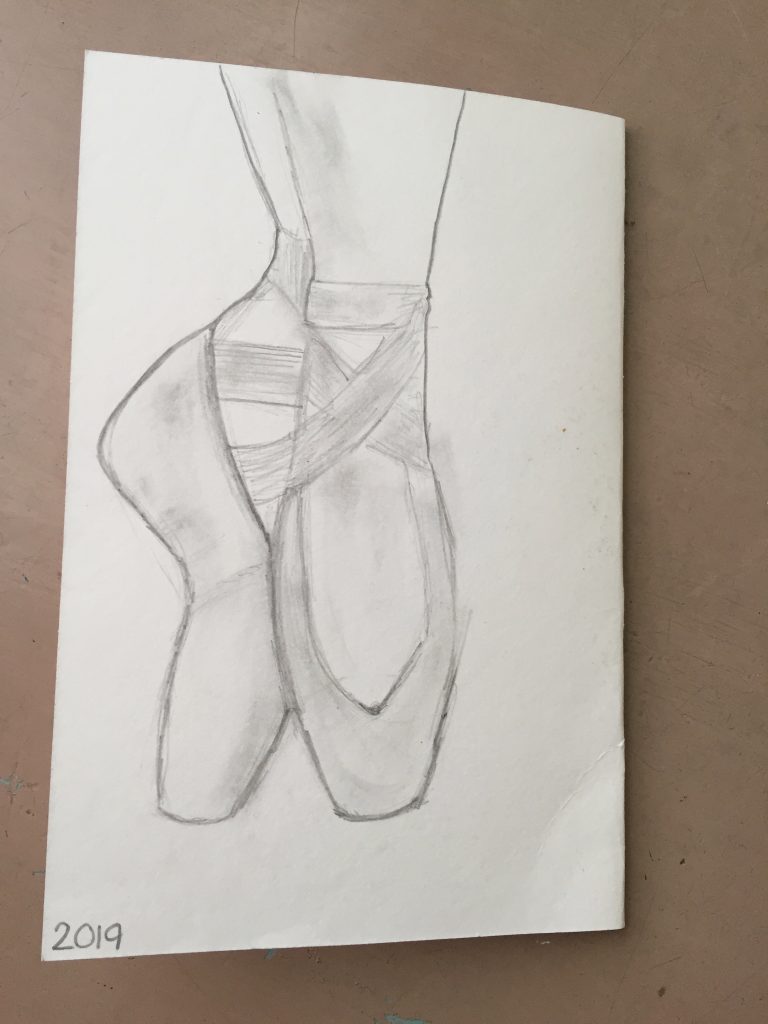
A few key things have come to mind…
It’s easy to put a quick label on kids when they show an interest in something. We almost all do it. If they’re interested in art, people often assume they they are or will be an artist but they may change their mind! They may not have even had that in mind in the first place. It’s easy to focus on supporting that one passion or group of related passions and to get so wrapped up in it that we’re not open to seeing other parts of who they are. They have other aspects, sometimes ones that seem opposite or use another part of the brain. Ballet, choir, word games, puzzle games, strategic computer games, trampolining, swimming, sewing have all been significant interests as well. Watching comedy both on TV and the computer is right up as high as anything else right now.
Not everything needs to become a job or high level of achievement.
Be careful not to underestimate how much is happening during the art process. Art, like any other interest, can actually be a gateway to all kinds of other types of learning. It’s not all about creativity. Choosing supplies involves research, buying supplies involves dealing with money and maybe finding a way to save for certain things. Interacting with other artists involved socializing, learning about new styles and ideas and possibly collaboration. There’s an inherent science involved with art between the textures and the way things mix and react. And the inherent math! Spatial ability comes into play, whether someone is creating their own work of art or trying out a version of someone else’s.
Around the age of 10, I started noticing her working even more carefully with depth and space so that her work often became more dimensional…
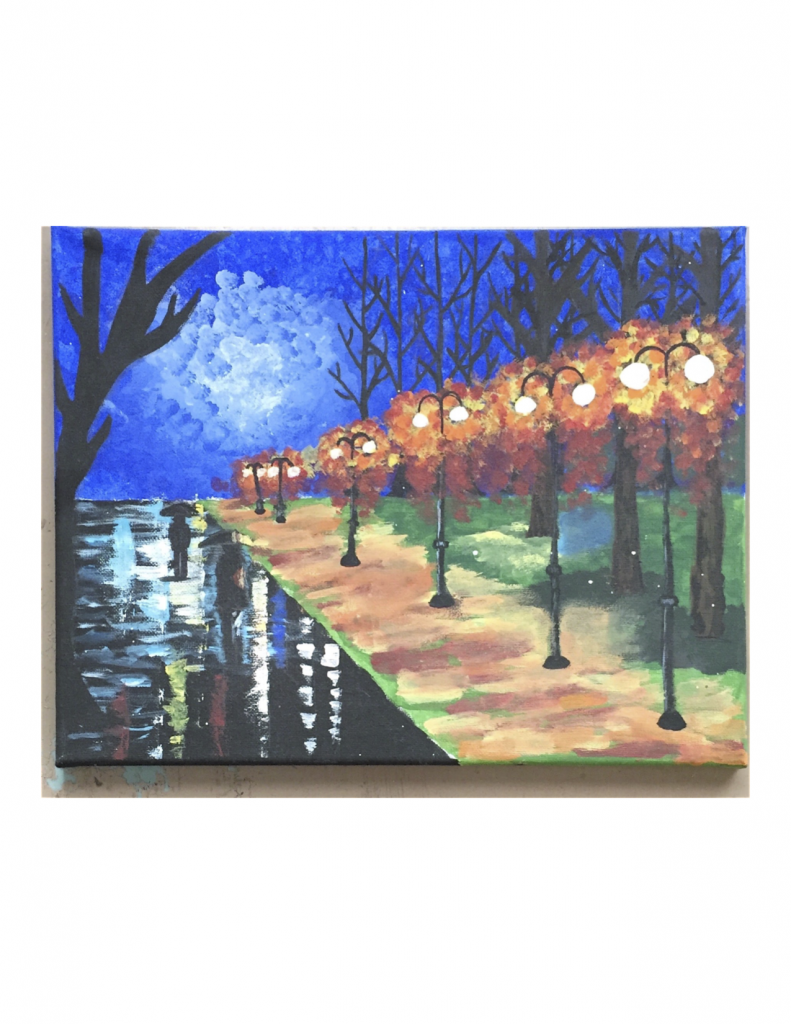
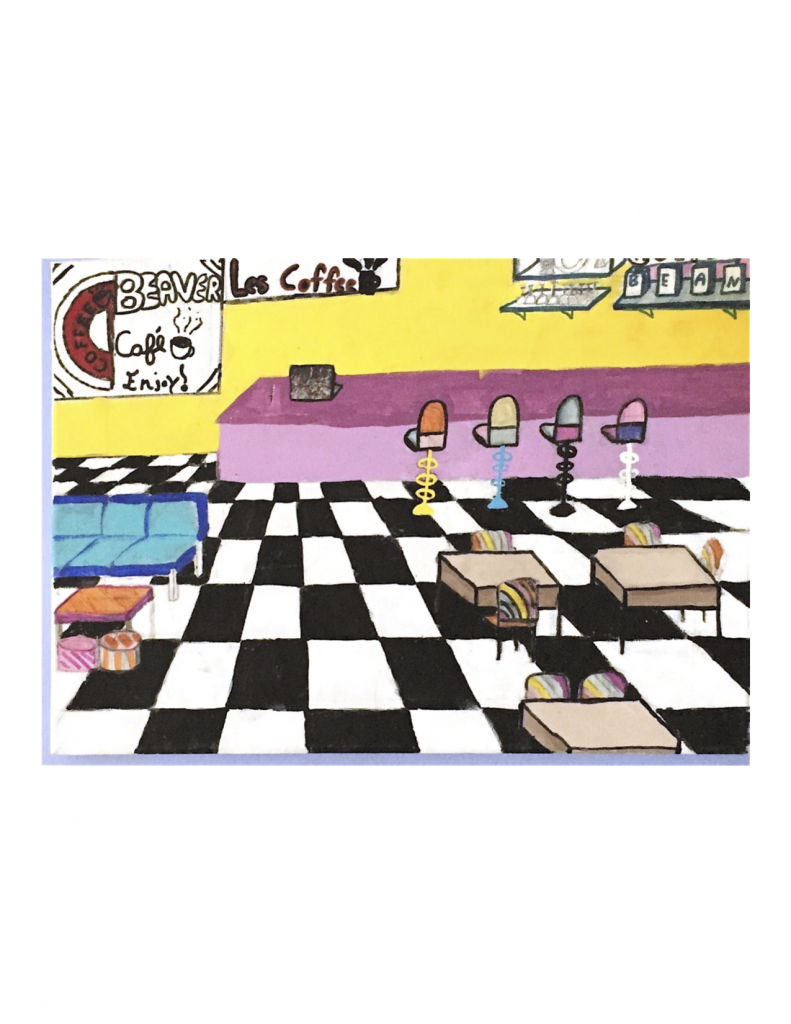
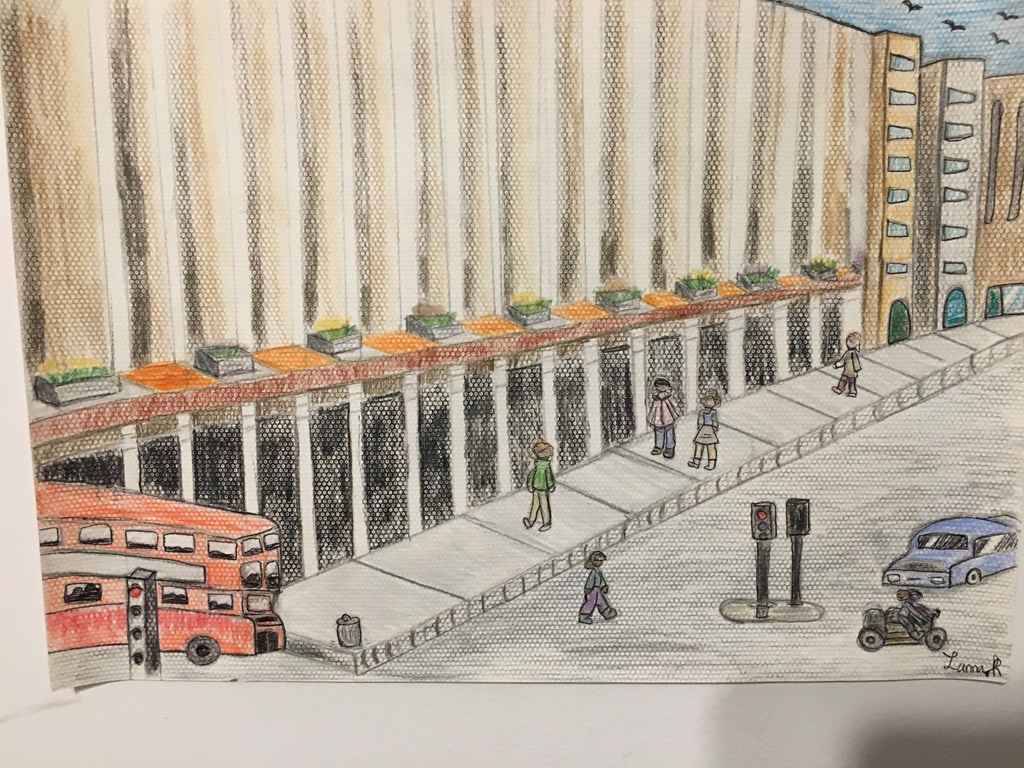
Here is my niece,K, trying her hand at an enlargement of Van Gogh’s “A Starry Night” from a small printed representation ( you can see it on the floor) to a full-size version. There is no way that I could just sit down and casually do that! My swirls would be too big or way off kilter:). The spatial capacity and perspective she has to be related to all that art she does.
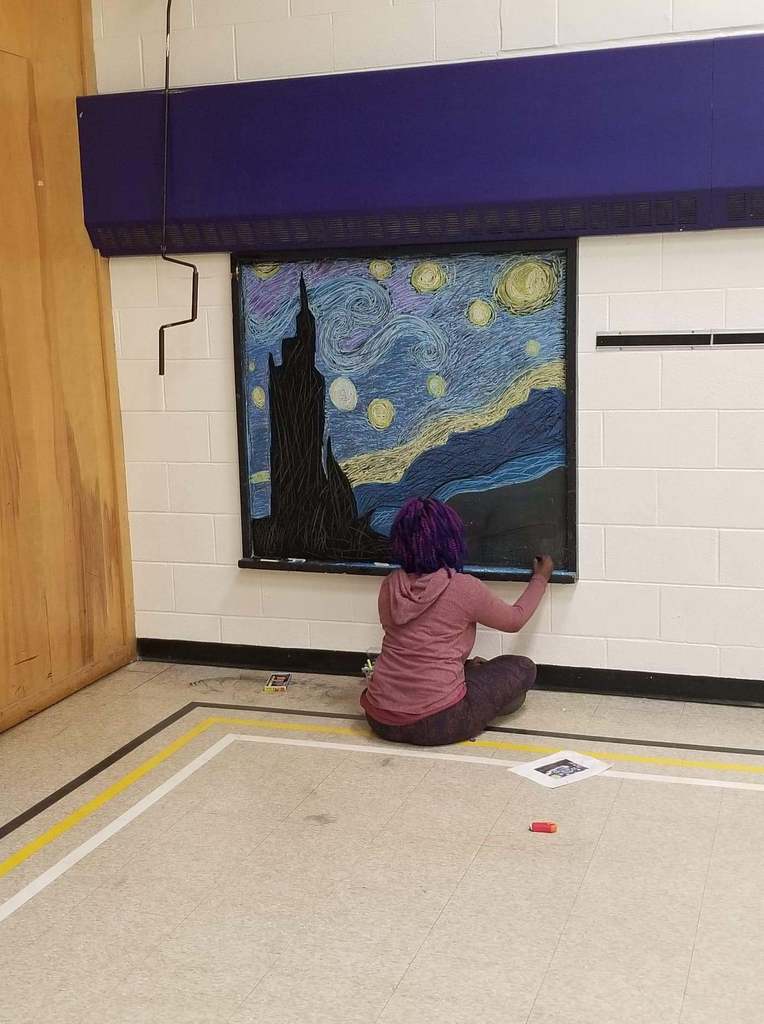
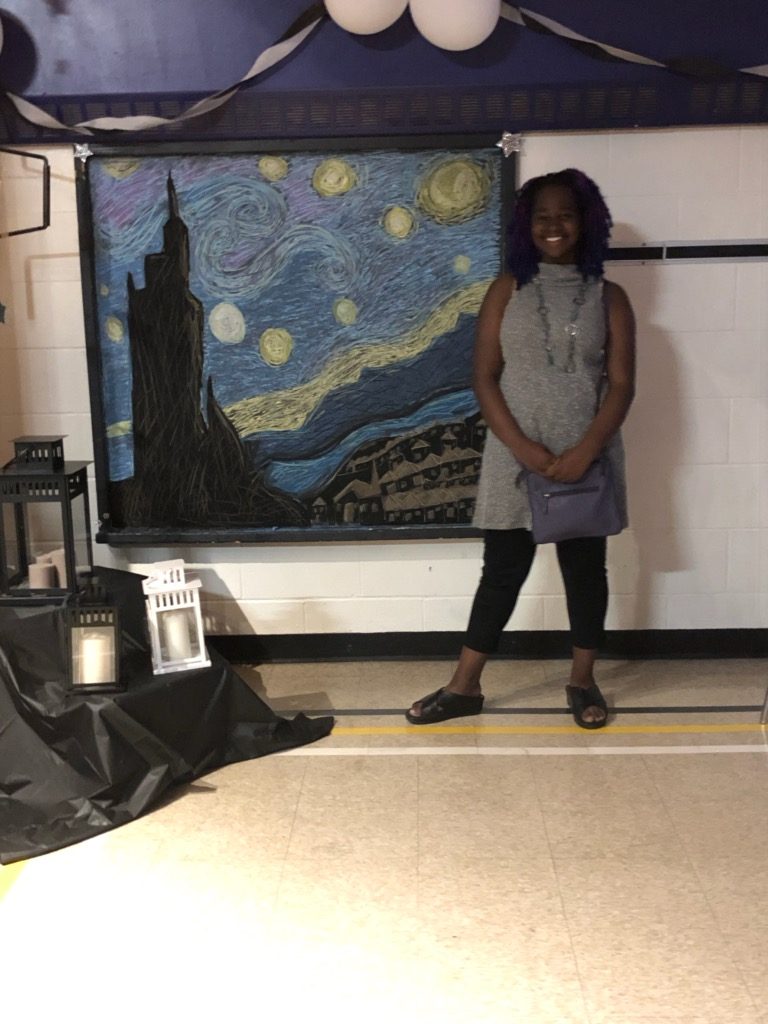
The purpose of art is not always for show or display. Kids don’t always want their art hung up or passed around. Sometimes it is true creativity for creativity’s sake. It can be a form of expression but not necessarily to be analyzed. It can be private – not because it’s inappropriate, whatever that means to different people, but because no matter how interested or impressed other people are, it’s the artist’s own. I sort of imagine it as being similar to having someone having their diary entry or private letter passed around or posted because they used interesting adjectives and their handwriting was attractive;).
Visual art can be fun, varied, beautiful and deep, just like the artists that create it. After we figure out a workable storage system😉, the best thing for us to do might be to simply move out of their way and be ready with supplies and ideas … if they are interested.
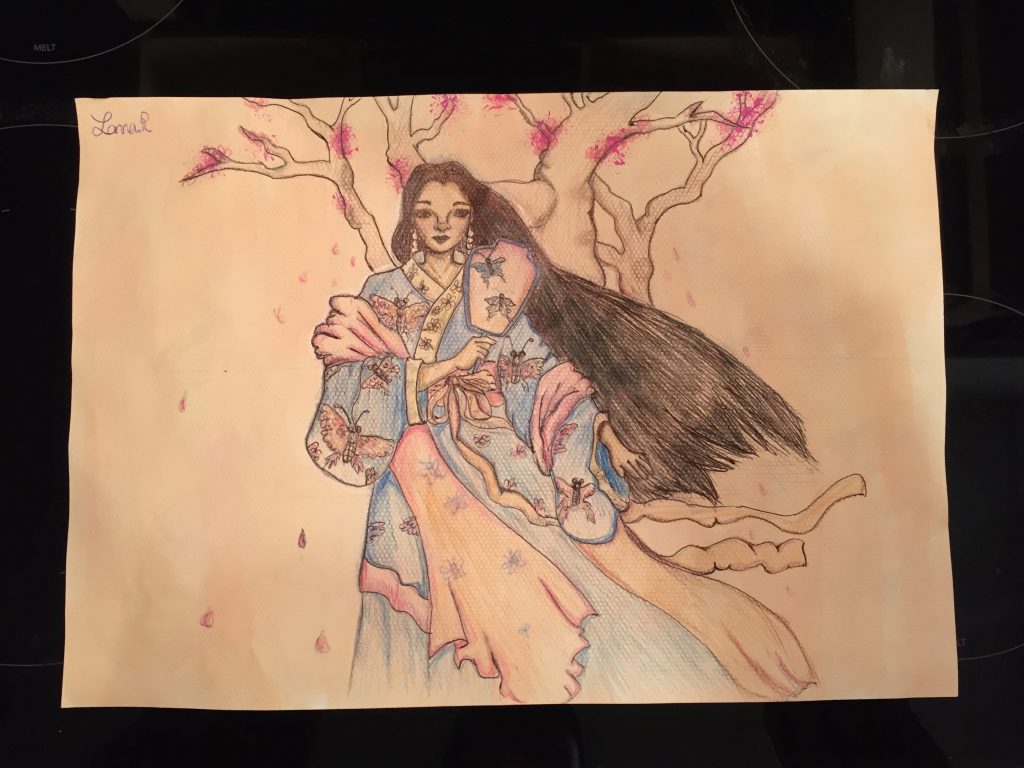
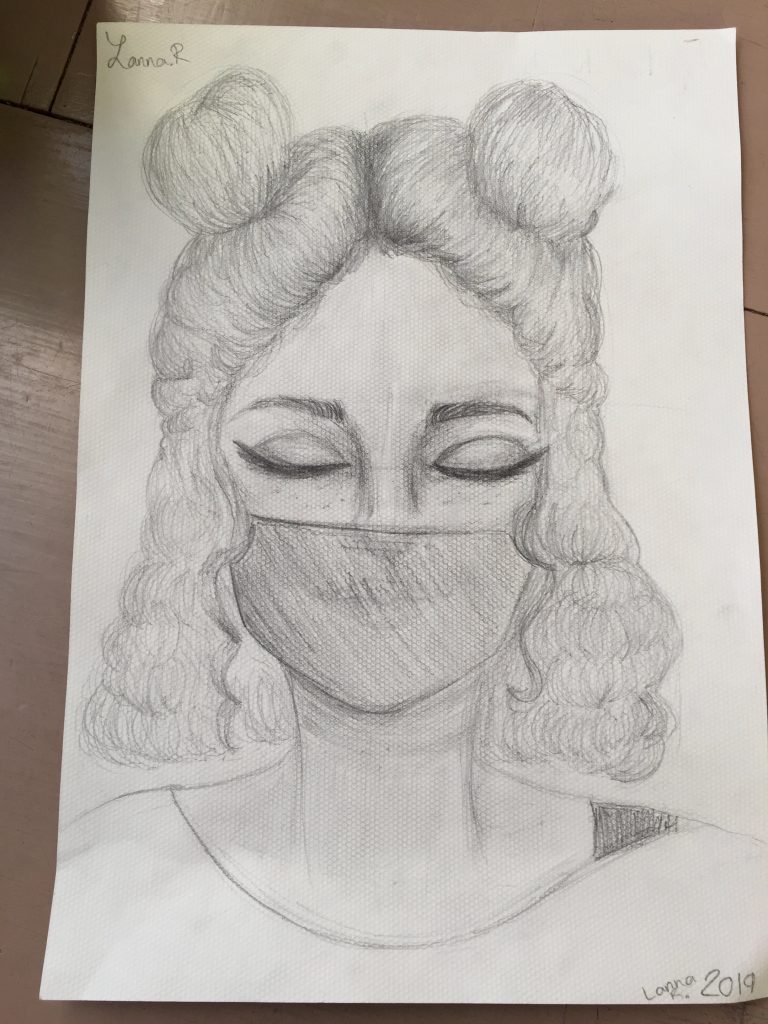
Enjoy this post? Please share.
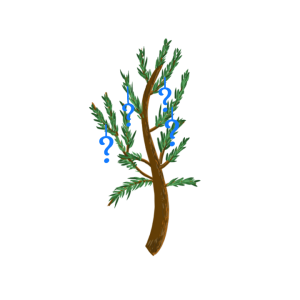
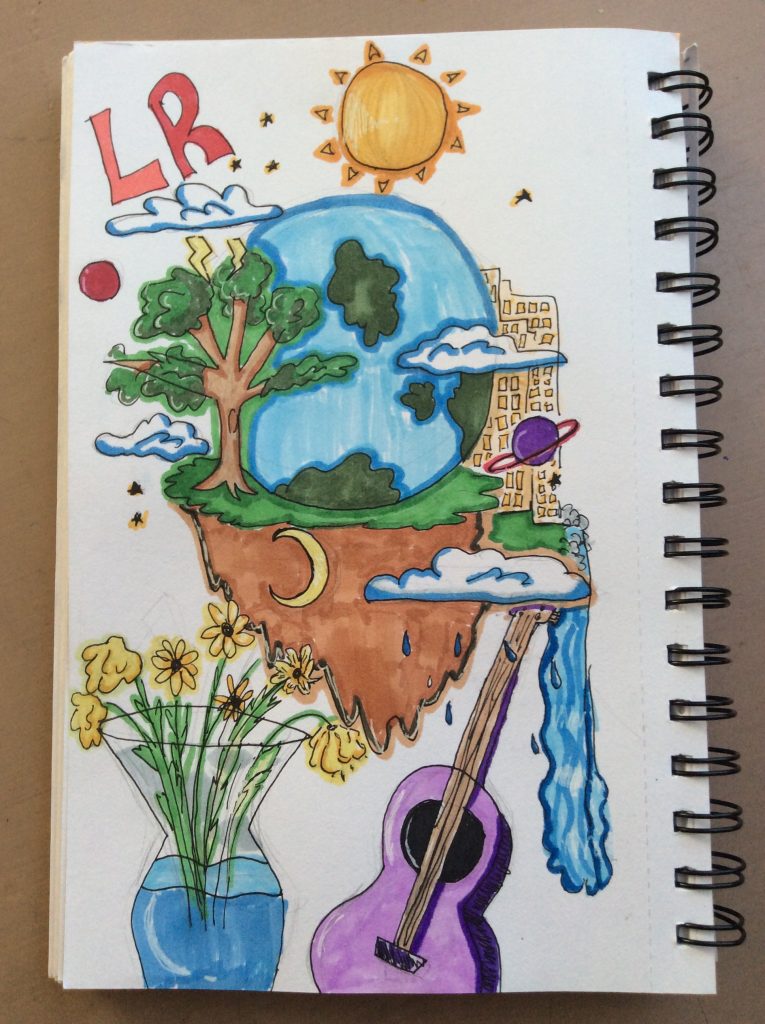
Erin, I loved this blog/article!
Thank you, Anne!
I love this! The art is wonderful. Your niece’s version of A Starry Night is marvellous. No kidding about the spatial skills needed in recreating the larger version. Wow.
Yes, I love looking at that picture:). Thanks Liz!
I have a feeling this may be us at some point as well. DD is producing much more than fits on our fridge and magnet board! I can see as she gets older that the materials she uses might be more conducive to mounting on the wall. We’re not into canvases yet but I think she’ll enjoy that. Right now it’s just paper, construction paper, any pieces of cardboard she can get her hands on but it will be exciting to move to more sophisticated art supplies. For now I’ve started talking to her about rotating by season and that seems to make sense. Thanks for the future ideas about other creative outlets and mentoring.
Hi Mara,
Moving to more sophisticated materials will be fun. You can get a few small or medium canvases for reasonable prices and she might like to have fun with that even now as a starting point? Cardboard is great too for those younger ages – nice to have an extra use for it. Rotating by the season is a great idea both from a storage perspective and because you have fresh, new seasonal art. My daughter got two art portfolios for storage. As long as it’s 2D art, that works. If it’s 3D, not so much! The other thing that is always nice are sketchbooks because they are self-storing:). Thanks so much for your comment.